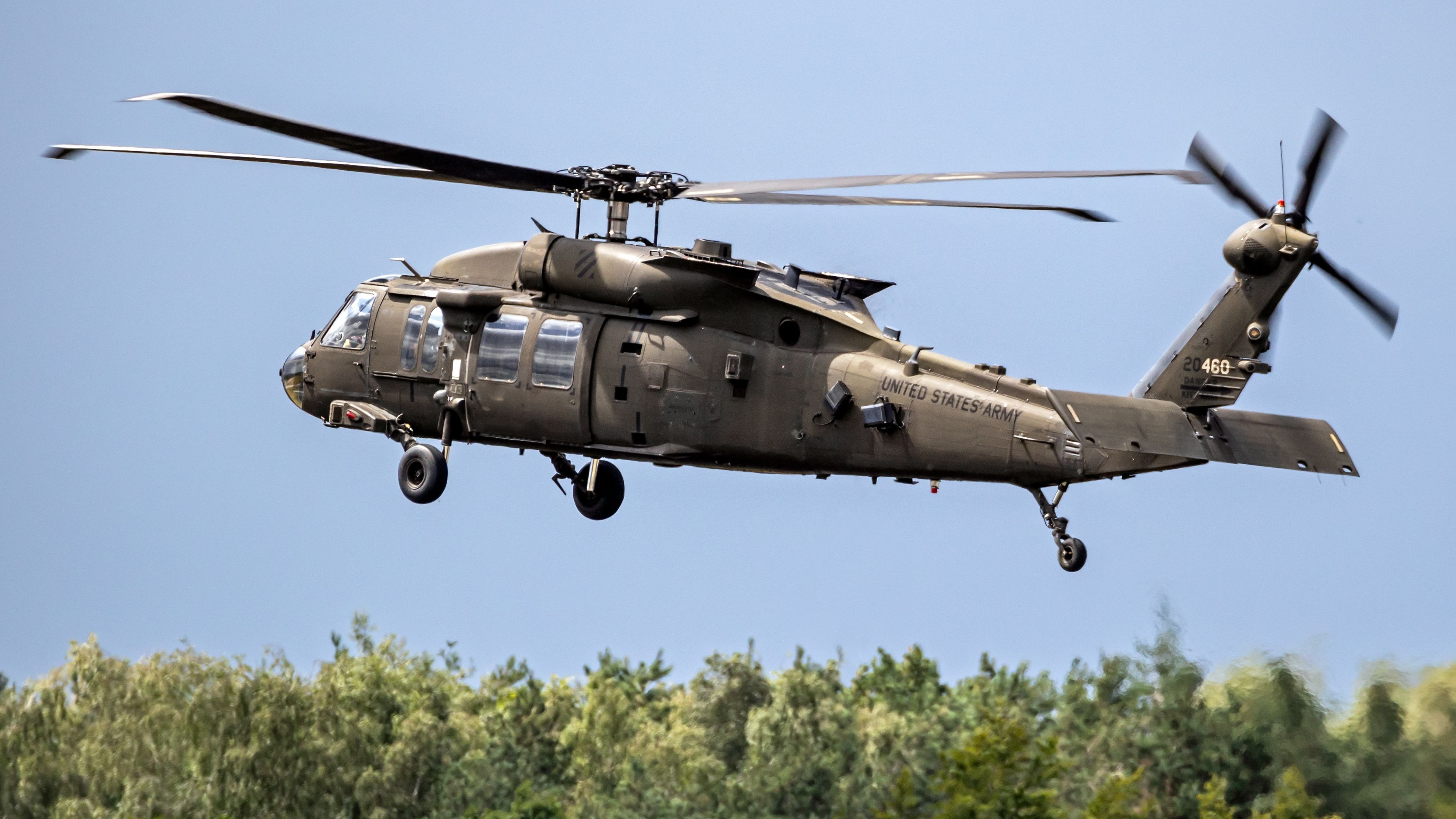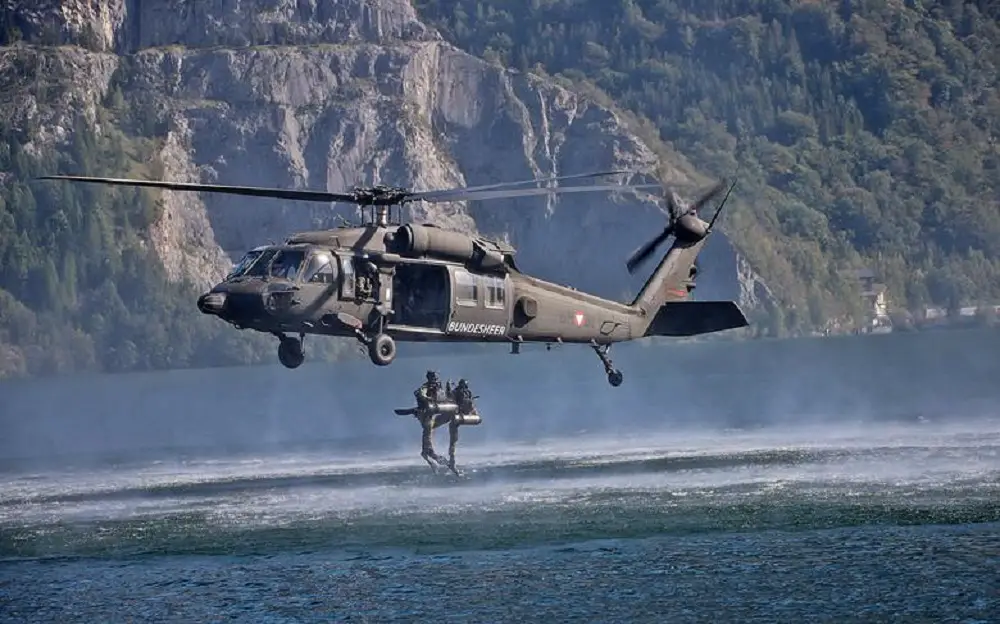Checking Out the History and Evolution of the UH 60 Helicopter

Origins of the UH-60
The beginnings of the UH-60 helicopter can be mapped back to the late 1960s, a duration marked by the requirement for a versatile energy airplane that can adjust to the progressing demands of contemporary war. The U.S. Military identified the necessity for a replacement for the older UH-1 Iroquois, which was ending up being increasingly insufficient for the intricacies of contemporary battle circumstances. In 1967, the Army initiated the Energy Tactical Transport Airplane System (UTTAS) program, which sought to create a multi-role helicopter efficient in numerous objectives, consisting of army transportation, medical emptying, and logistical support.
The style competition attracted a number of aerospace producers, but it was Sikorsky Airplane Corporation that inevitably safeguarded the agreement in 1972. The UH-60 Black Hawk was presented, showcasing innovative layout components and progressed modern technology that established it in addition to its precursors. Its initial flight took place in 1974, and the airplane was formally taken on by the Army in 1979. The UH-60 rapidly gained acknowledgment for its robust efficiency, integrity, and versatility, paving the means for its considerable usage in army procedures and solidifying its status as a foundation of U.S. Military aeronautics.
Secret Style Functions
Cutting-edge layout attributes of the UH-60 Black Hawk significantly add to its operational performance. Among one of the most remarkable facets is its twin-engine configuration, which boosts integrity and supplies a greater power-to-weight ratio, enabling the helicopter to perform under various problems. The aircraft's four-blade primary rotor system supplies enhanced lift and maneuverability, necessary for tactical missions.

Furthermore, the cockpit is made for optimal presence and ergonomics, featuring innovative avionics that simplify pilot operations. The modular style of the UH-60 enables easy maintenance and versatility, making it appropriate for different objective accounts, from army transportation to medevac operations. These vital design functions ensure that the UH-60 Black Hawk stays a trustworthy and functional asset in army aeronautics, qualified of meeting the needs of modern warfare.
Technological Improvements
Current technical developments in the UH-60 Black Hawk have actually substantially enhanced its functional capacities and flexibility. The combination of advanced avionics, such as digital flight control systems and boosted situational awareness display screens, permits pilots to run with boosted precision and efficiency. These systems facilitate enhanced navigation, interaction, and information sharing, making it possible for the helicopter to work successfully in diverse settings.
Furthermore, the introduction of composite products has reduced the overall weight of the aircraft while keeping structural stability. This reduction improves gas efficiency and prolongs functional range. The unification of innovative blades innovation, consisting of the usage of four-blade, completely verbalized rotor systems, has improved lift performance and maneuverability, enabling far better handling in different flight conditions.

Furthermore, improvements in propulsion systems, such as the T700-GE-701D engines, have raised power result and reliability - uh 60. These engines add to premium performance in hot-weather and high-altitude problems
Finally, the combination of self-defense systems and enhanced sensing unit bundles enhances the Black Hawk's survivability and goal performance. Jointly, these technical enhancements guarantee that the UH-60 Black Hawk continues to be a vital possession in contemporary aeronautics, efficient in adjusting to the developing needs of humanitarian and armed forces objectives.
Duty in Military Procedures
As the backbone of U.S. Military air travel, the UH-60 helicopter plays a critical duty in various military operations, working as a functional system for battle support, transport, and medevac objectives - uh 60. Its design includes the capacity to run in varied atmospheres, making it crucial for troop activity and logistical assistance in both unconventional and conventional war

In medical emptying circumstances, the UH-60 has proven very useful, significantly decreasing the time to transfer injured soldiers from the combat zone to clinical centers. Its sophisticated avionics and evening vision capabilities better ensure objective success under challenging conditions. In general, the UH-60 helicopter remains a crucial asset, constantly adapting click here now to meet the advancing needs of army operations and improving the effectiveness of U.S. pressures worldwide.
Future of the UH-60
Looking in advance, the future of the UH-60 helicopter includes substantial developments in innovation and capacities developed to boost its functional performance. As military operations evolve, the UH-60 is anticipated to incorporate advanced innovations, consisting of improved avionics, enhanced weapons systems, and advanced interaction devices. These enhancements will allow for higher situational awareness and mission versatility, making sure that the UH-60 remains an essential possession on the field of battle.
One significant advancement is the assimilation of fly-by-wire systems, which will improve trip control accuracy and minimize pilot work. Furthermore, initiatives to update the airframe and engines aim to raise speed, range, and haul ability, thus expanding the helicopter's functional extent (uh 60).
The future likewise holds promise for increased interoperability with unmanned airborne systems (UAS), making it possible for worked with missions that take advantage of both manned and unmanned capabilities. In addition, the unification of synthetic knowledge and artificial intelligence can optimize trip characteristics and maintenance procedures, causing lowered operational expenses.
Verdict
The UH-60 Black Hawk helicopter represents a substantial accomplishment in army air travel, evolving from the united state Military's preliminary requirements for a versatile energy aircraft. Its ingenious layout features and continual technological innovations have guaranteed its significance in various armed forces operations over the decades. As the demands of contemporary warfare adjustment, the future of the UH-60 will likely include more improvements and adaptations, enhancing its standing as a vital possession for militaries worldwide.
The UH-60 Black Hawk helicopter view stands for a significant turning point in military aviation, emerging from the U.S. Army's quest for an extra functional and reputable energy airplane in the late 20th century.The origins of the UH-60 helicopter can be traced back to the late 1960s, a duration marked by the demand for a flexible energy airplane that might adjust to the advancing demands of modern war. Generally, the UH-60 helicopter remains a crucial property, continually adjusting to satisfy the advancing demands of military procedures and improving the performance of United state forces worldwide.
Looking in advance, the future of the UH-60 helicopter involves substantial innovations in technology and capabilities created to enhance its operational performance.The UH-60 Black Hawk helicopter represents a substantial accomplishment in armed forces air travel, evolving from the United state Army's initial demands for a functional utility aircraft.
Comments on “Understanding the UH 60: Design, History, and Its Impact on Military Aviation”